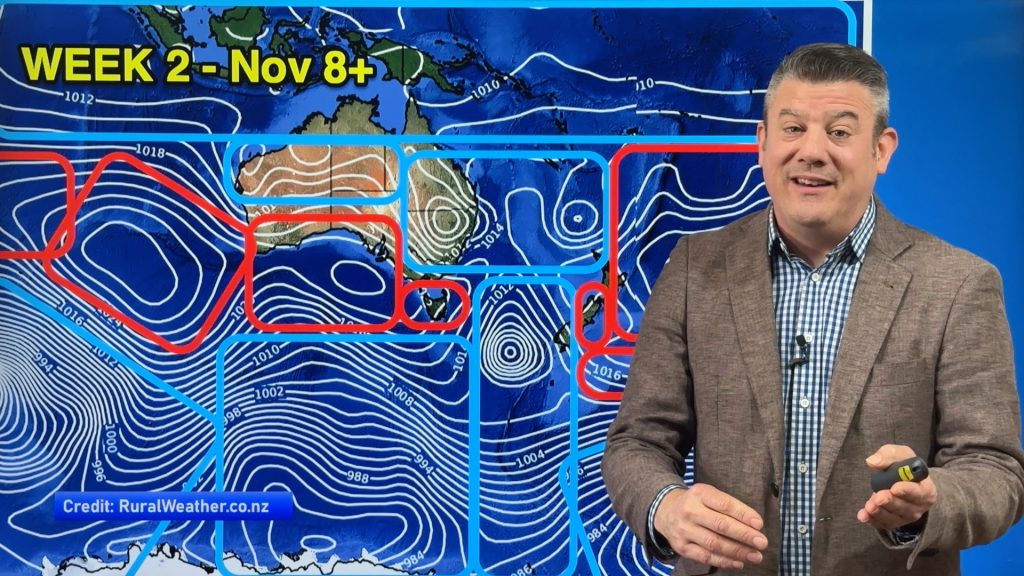
> From the WeatherWatch archives
La Nina is continuing to fade away reports NIWA in their latest climate update for the islands but is El Nino going to return next summer?
NIWA’s report says La Nina will continue to fade away and should be gone within the next few weeks, meaning our weather becomes “neutral” – in other words, no La Nina or El Nino to drive our weather patterns.
Neutral seasons can be harder to predict long range says WeatherWatch.co.nz. The weather news authority says when La Nina or El Nino are at play the weather is driven by a particular pattern and that means overall trends are easier to pick out. For example with La Nina we can expect more cyclones and north easterlies – which we’ve certainly had this year.
With no La Nina or El Nino this winter it could mean a real mixture of weather thrown at us – from snow and bitter coldness to sub-tropical warmth, rain and sun.
NIWA’s climate report confirms so far this year we’ve had nine named tropical storms in the South Pacific and even though the cyclone season has officially ended they advise island nations, including New Zealand, to be vigilant of the elevated risk that remains in May.
Last Spring NIWA predicted nine to 12 tropical cyclones forming this year, making their prediction bang on for the 2010/11 cyclone season.
WeatherWatch.co.nz says the majority of the named storms this year have ended up reaching New Zealand waters as ex-cyclones, with only Wilma retaining “tropical cyclone” status when it reached northern New Zealand – the first tropical cyclone to do so in history.
Cyclone Wilma cost $25 million damage to Northland and other upper North Island regions after torrential rain caused widespread flooding.
So where too from here?
“Almost all models indicate neutral conditions through October, and a few suggest El Nino conditions developing by the end of 2011” says the NIWA report.
Farmers on the east coast of New Zealand will be hoping that prediction doesn’t come true, with El Nino being responsible for numerous droughts over the past decade in the east.
El Nino weather patterns – the opposite to La Nina – bring more anticyclones over the Tasman Sea and cooler than average sea conditions to New Zealand. Winds tend to frequently be west to south west meaning cooler and cloudier conditions in the north and west and drier and hotter in the east.
Comments
Before you add a new comment, take note this story was published on 17 May 2011.





Add new comment